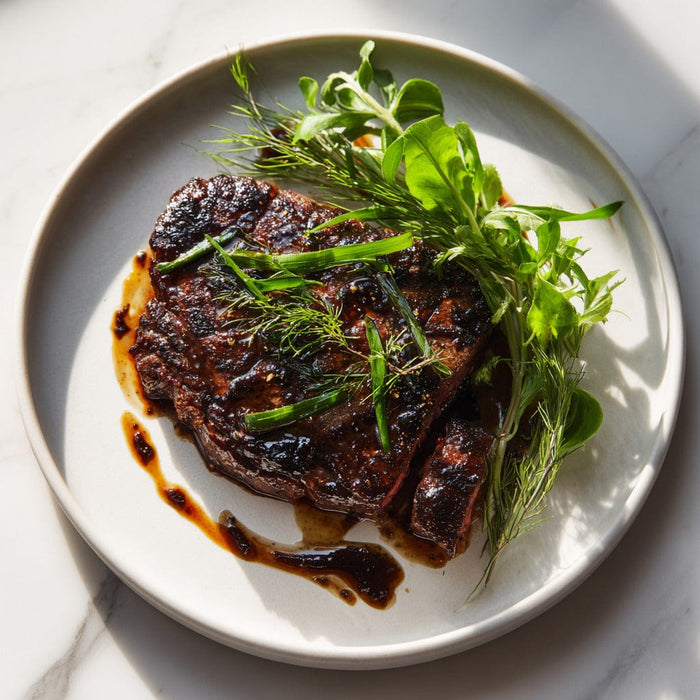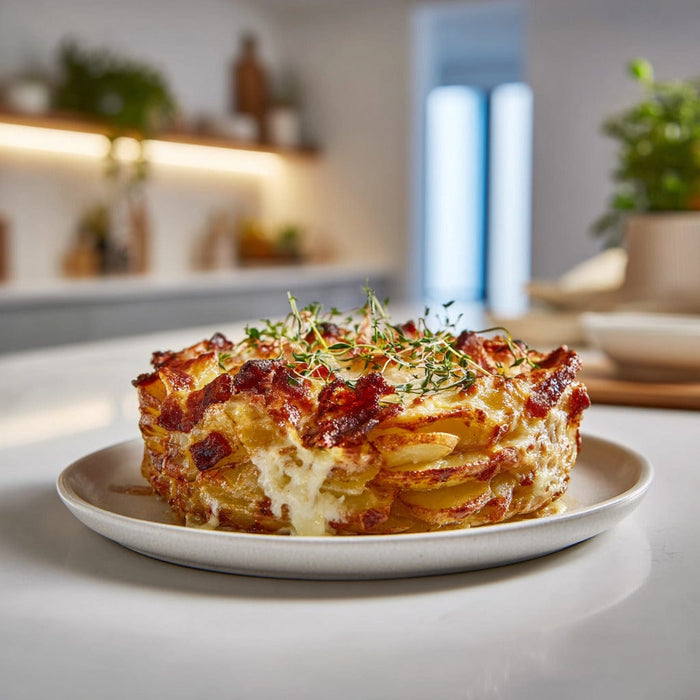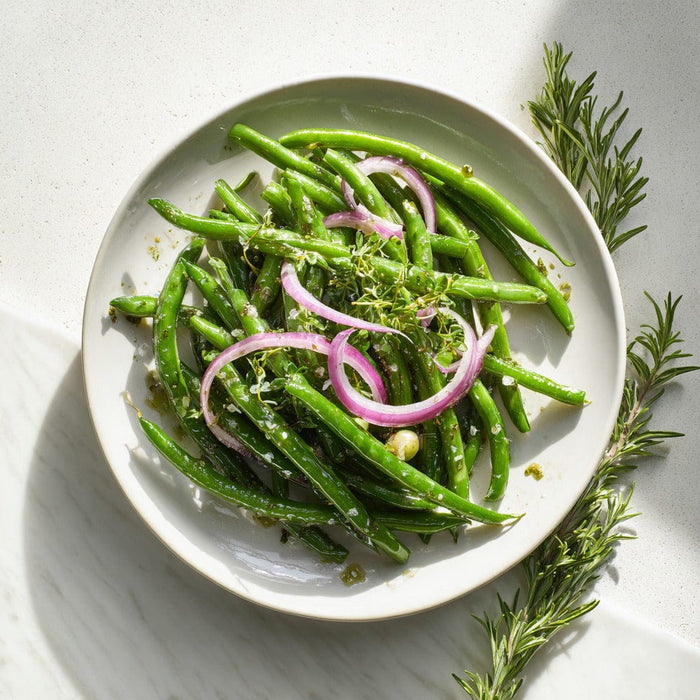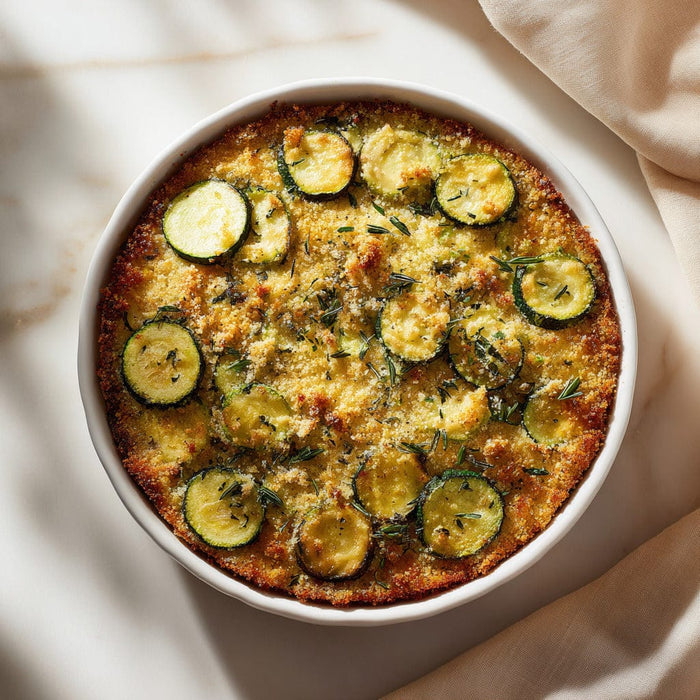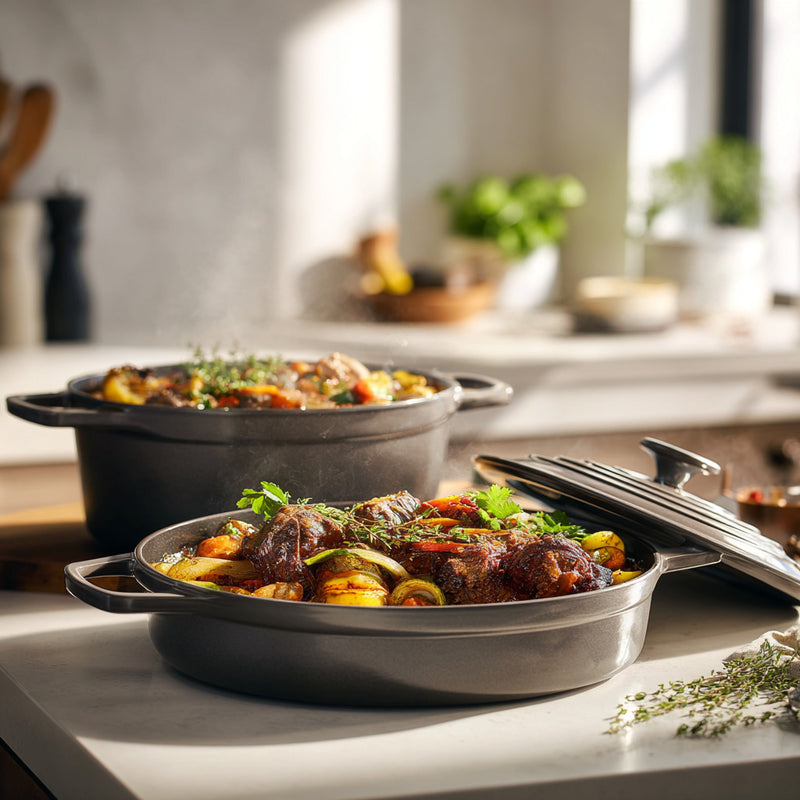
Understanding the Differences: Dutch Oven vs. Braiser
When it comes to enameled cast iron cookware, two names often come up: the Dutch oven and the braiser. While they may look similar and are sometimes made by the same brands, such as Le Creuset, they serve distinct purposes in the kitchen. Understanding these differences can help you make informed decisions about your cookware collection, ultimately enhancing your cooking experience.
The Confusion: Dutch Oven vs. Braiser
Initially, many home cooks, including myself, might lean towards the Dutch oven as the go-to all-purpose pot. However, upon discovering the braiser, it became clear that both have unique advantages worth exploring. To clarify the distinctions, I consulted an expert at Le Creuset, who shed light on the design and functional differences between these two beloved kitchen staples.
Material Similarities
Both Dutch ovens and braisers are typically crafted from enameled cast iron, which means they share several key benefits:
- Excellent heat retention
- Even cooking
- Non-reactive, easy-to-clean surfaces
While the material quality is consistent, the differences lie in their shapes and applications.
Key Design Differences
Dutch Oven
- Tall, thick walls with a compact, oven-safe lid
- Ideal for cooking dishes that require depth and moisture retention
Braiser
- Wide, shallow base with sloped sides and a domed lid
- Maximizes evaporation while still trapping moisture, making it versatile for both searing and slow-cooking
Best Uses
When to Use a Dutch Oven
- Soups and stews
- Deep-frying
- Baking artisan bread (like no-knead bread)
- Candy and toffee-making
- Large batch cooking (feeds families and crowds)
- Moist, slow-cooked meals that require liquid
When to Use a Braiser
- Searing meat thoroughly (more surface area = no crowding)
- Pan-frying
- Making casseroles or skillet-style pizzas
- Baking scones or flatbreads
- Braising less liquid-heavy proteins (e.g., chicken in wine or fish dishes)
- Serving directly from stove to table thanks to its elegant shape
Quotable Insights from Le Creuset
According to Le Creuset, “A braiser's shallow shape and rounded lid allow ingredients to interact with both wet and dry heat at once, keeping food moist and tender.” Conversely, “A Dutch oven’s tall sides and size accommodate large, liquid-heavy meals and ensure thorough moisture containment for long, slow cooking.”
The Verdict
Ultimately, there’s no clear winner between the Dutch oven and the braiser. Each pot has unique strengths depending on your cooking style. If you enjoy hearty stews, soups, deep frying, or baking bread, a Dutch oven is essential. On the other hand, if you prefer searing proteins, one-pan dinners, or baking in a skillet, a braiser may be more suitable.
However, the ideal kitchen setup includes both cookware pieces. Each excels in areas where the other lacks, making them complementary rather than interchangeable.
Conclusion
This exploration validates that while it may seem redundant to own both a Dutch oven and a braiser, having both can significantly expand your cooking possibilities. Whether you’re cooking for yourself or a full household, choosing the right vessel can mean the difference between a good meal and a great one.
Blog Takeaway Idea
If you’re building a more thoughtful and efficient kitchen, assessing your cooking habits can help you decide which piece to invest in first. However, if your budget and space allow, owning both cookware staples is a game-changer for any culinary enthusiast.

